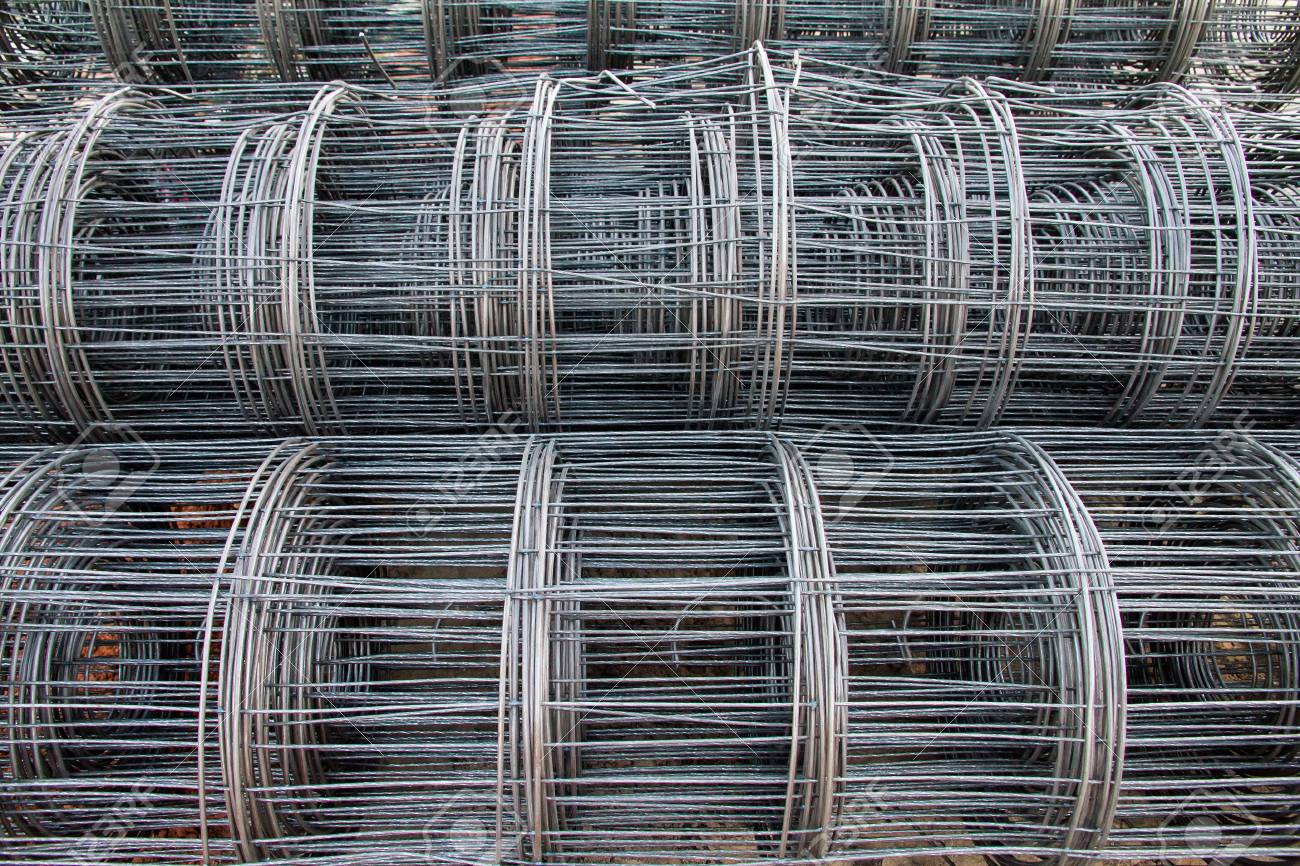As a leading custom fabricator of steel wire mesh in the Tri-State Area, we have a lot of experience with creating steel wire mesh solutions for various projects. Steel wire mesh is one of the most popular products in metal fabrication due to its high degree of durability, versatility, and functionality. Let’s take a look and discuss the various applications of steel wire mesh and where you could use it in your next project.
The Food Industry
Steel wire mesh applications can be found within the food industry. Before the food hits your table, steel wire mesh may play a role in helping the chef out during food preparation. Steel wire mesh is used in different food hardware such as barbecue grills, frying baskets, food covers, and much more. The steel wire mesh is used as the material to form the wire baskets that are a part of the hardware that holds the food while it undergoes extreme temperatures.
The Construction Industry
During the late 1800s, steel wire mesh was utilized to build upon the country’s current infrastructure. The construction industry has seen many innovations since then but utilizes steel wire mesh continuously for building and construction across the country. Steel wire mesh is seen used for retention walls, bridges, highways, enclosures, and infill panels.
The Agricultural Industry
Steel wire mesh can be seen used in the agricultural industry heavily. For decades upon decades, steel wire mesh has been used on farms for patches in fencing or crop protection against different animals. Farmers enjoy having a product that serves various uses on a farm. You will see steel wire mesh used as fencing, barriers, sifting, equipment repairs, coops, and much more.
The Oil Industry
Due to its high durability, steel wire mesh is seen used in the oil industry. Oil plants and fields are under stress due to strong chemicals and high temperatures being released all around, which damages metals through corrosion. Steel wire mesh is used due to its ability to withstand these conditions. Steel wire mesh can be seen in filtration devices or storage spaces at oil plants or fields.
The Manufacturing Industry
Steel wire mesh is seen utilized as the go-to security measure in the manufacturing industry. When trying to secure an area or valuable tools, steel wire mesh is used to create security features that allow for protection against theft and harmful chemicals in warehouses. Steel wire mesh will create cages and barriers to service this purpose. These cages and barriers serve as secure, authorized-personal only areas within warehouses.
If you have any questions or concerns about steel wire mesh, reach out to Gehret Wire Works at 1-(215) 236-3322!





